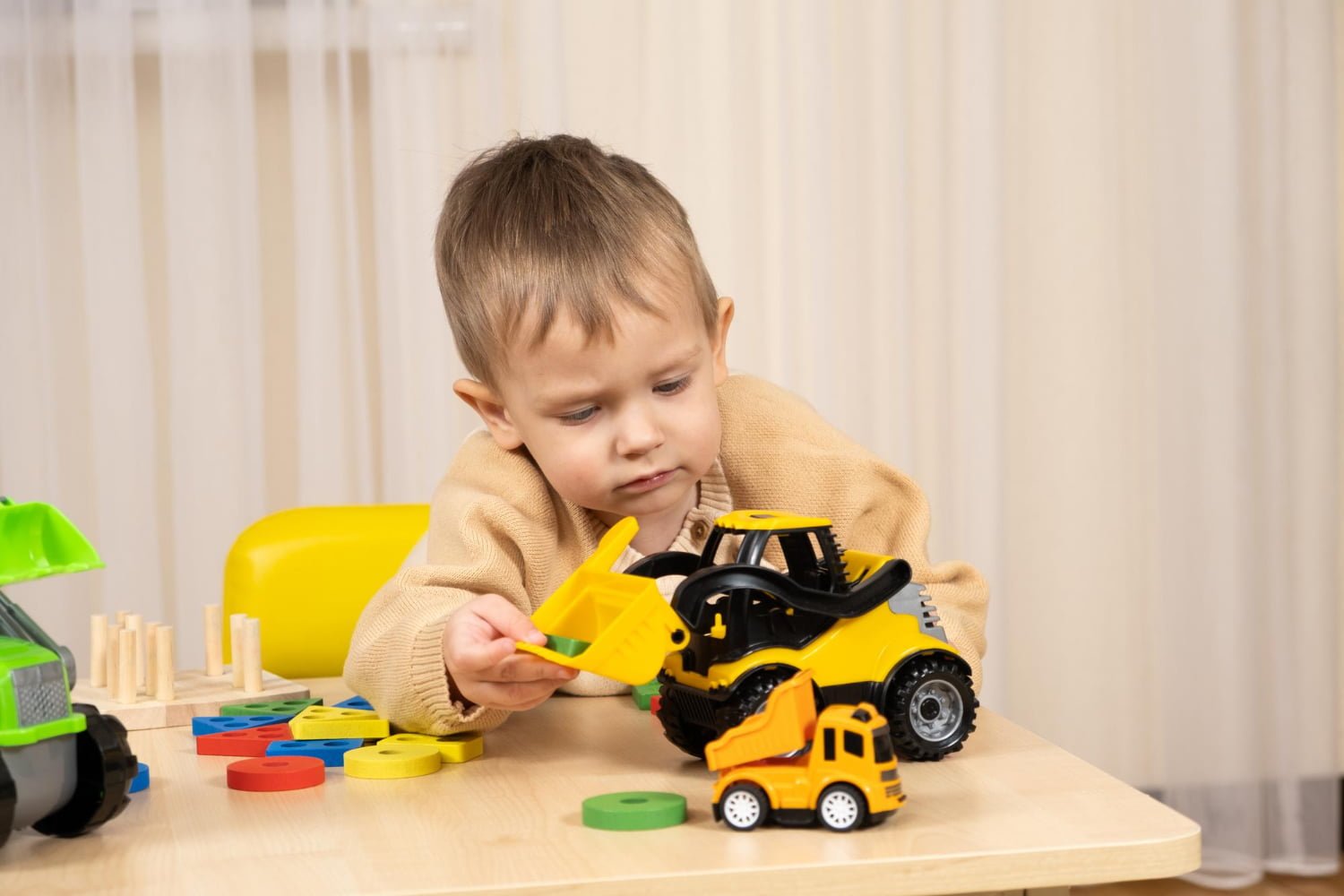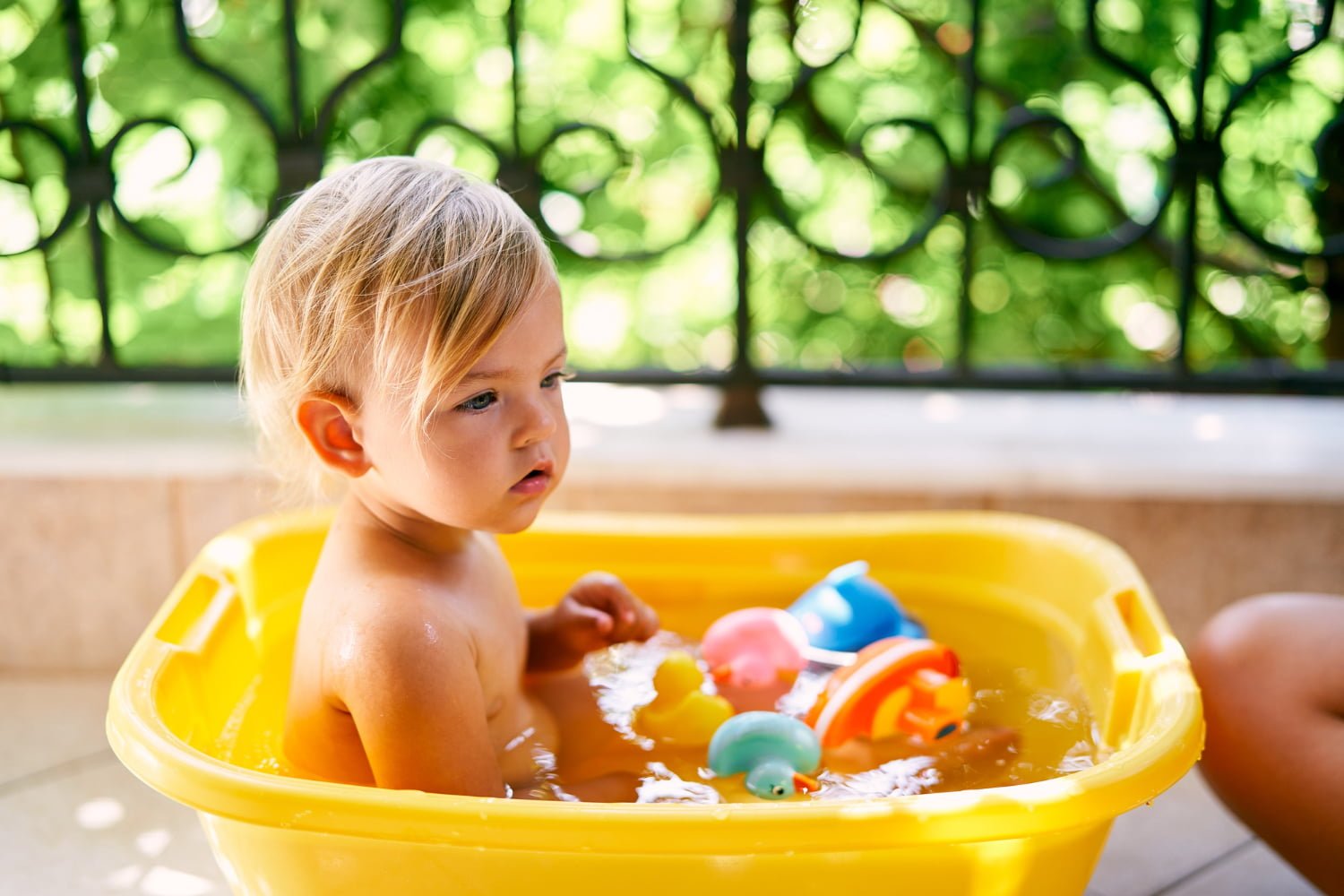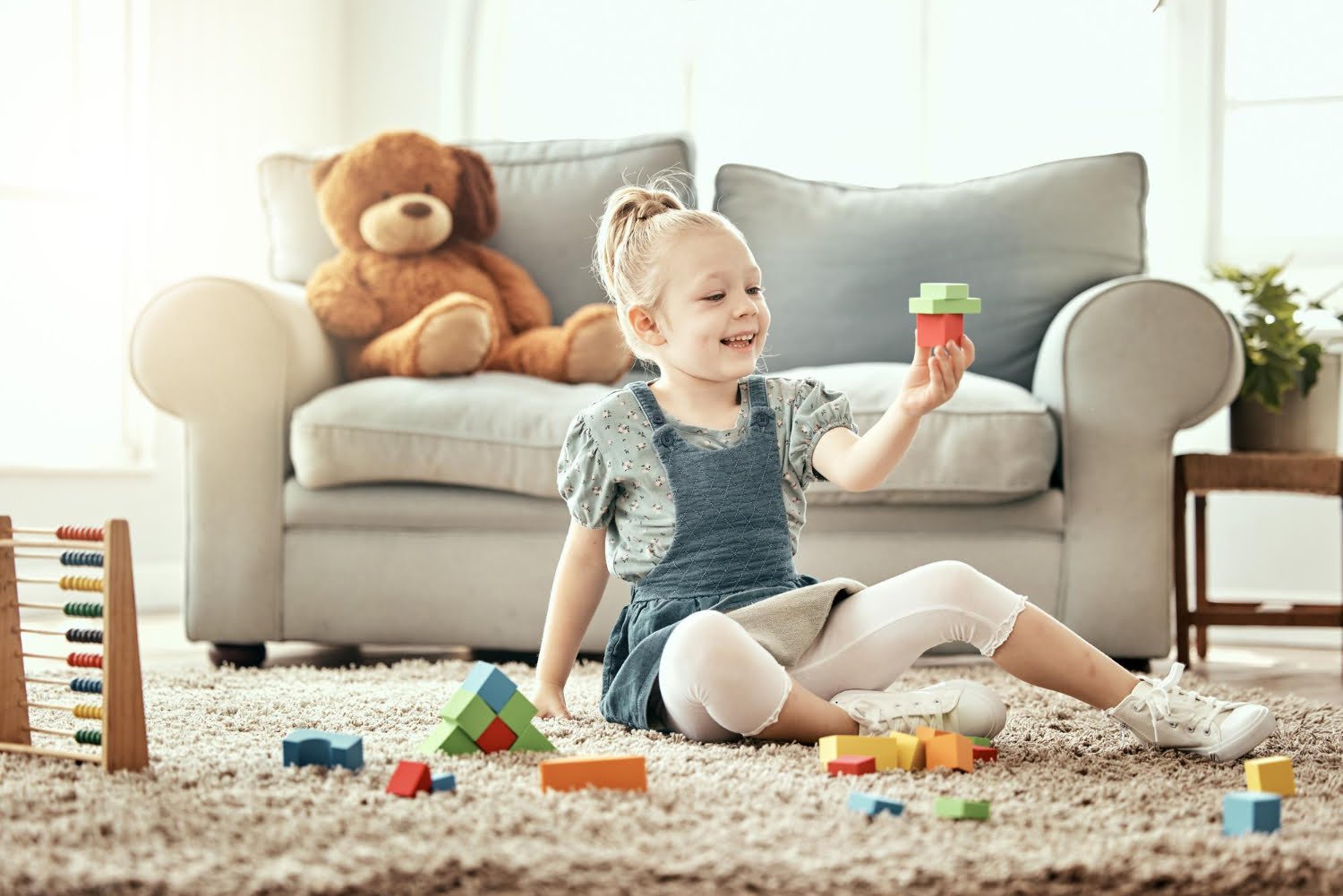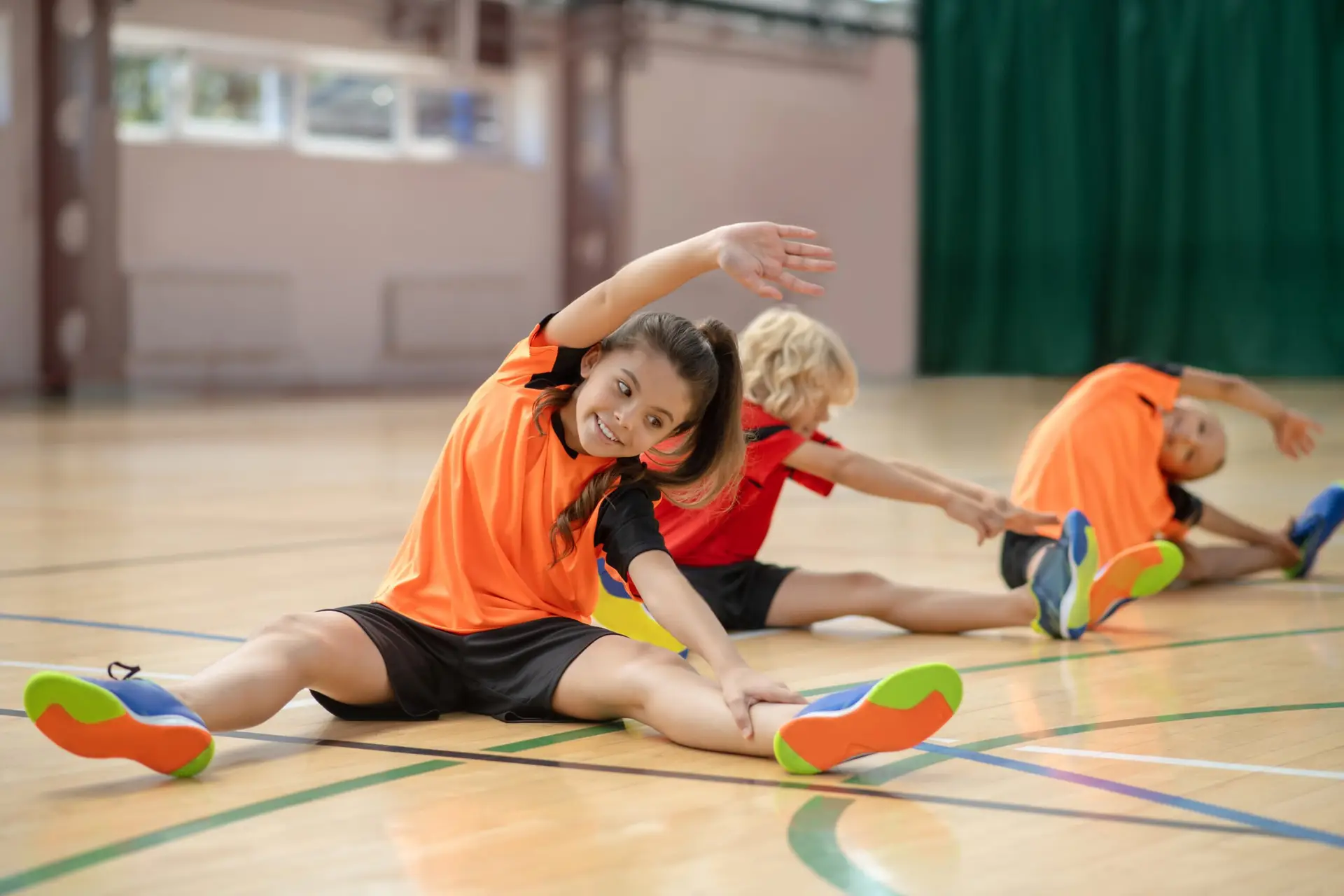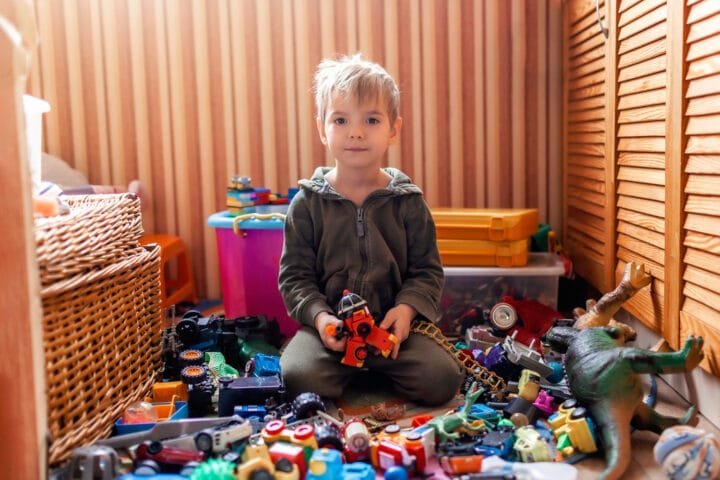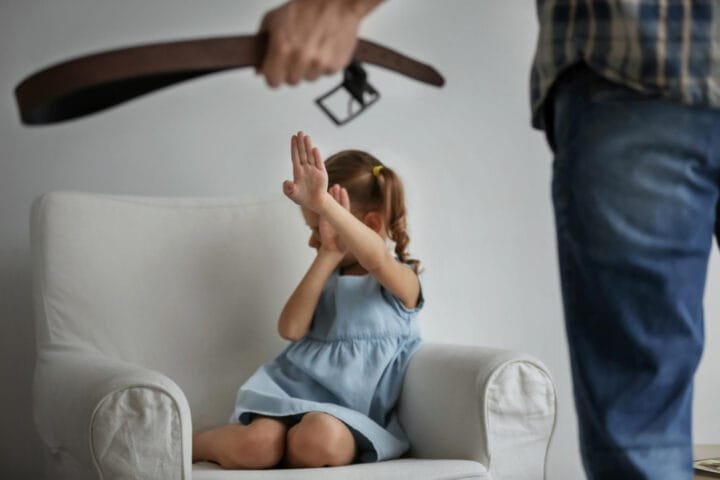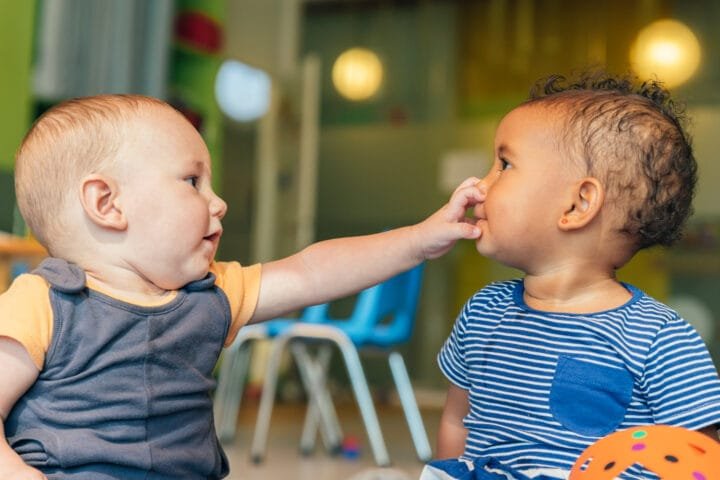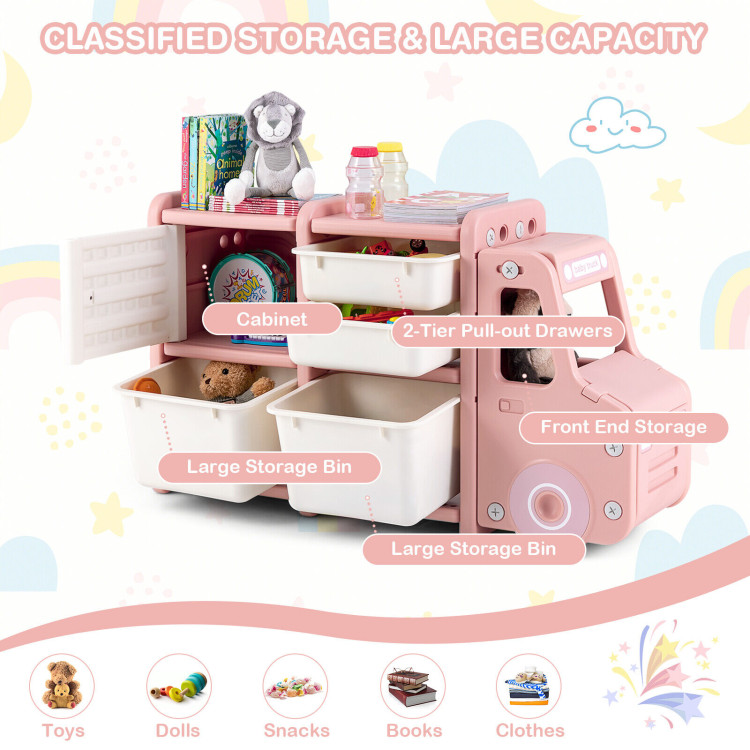The Curious Case of Vanishing Toys: Why Kids Are Not Treating Toys Properly?
A shimmering sea of plastic, seductive jingles, and infinite possibilities await parents in the toy aisle—a dream of peaceful playtime and nurturing creativity. But when reality sets in, those dreams usually fail. A sparkly unicorn that was once a beacon of hope now lies abandoned, its horn destroyed by a child’s impromptu chewing toy session. Parents across the globe lament toys disappearing everywhere.
The scene is familiar to us. We stand in that aisle, mesmerized by the sheer number of brightly colored enticements whispering promises of fulfillment and joy. Reality unfolds differently. We picture our cherubs in awe, building magnificent castles, concocting magical potions, and embarking on daring adventures. As siblings battle for supremacy, toys become unwilling participants in crash tests or disappear into the abyss of forgotten treasures.
But before you surrender to a life of navigating LEGO minefields and tripping over discarded dolls, let’s embark on a journey of understanding. We can uncover the mysteries behind this perplexing phenomenon by examining child development, psychology, and parenting. Only through knowledge can we regain our sanity and the floor in our living room.
Introduction
We’ve all been there, haven’t we? Lured by the siren call of the toy aisle, our wallets weep as we succumb to the latest fad or the ‘must-have’ toy of the season. We envision hours of peaceful play, only to wade through a chaotic landscape of forgotten stuffed animals, headless dolls, and LEGOs lurking like hidden landmines. It’s a shared experience that can make parents question their sanity and life choices.
But take heart, fellow adventurers in parenthood! We’re not alone in this struggle. And with insight and humor, we can navigate this treacherous terrain and emerge victorious. Together, we’ll explore why kids don’t treasure their treasures. We’ll also discover strategies to foster appreciation and responsibility in our little ones. We might even rediscover the joy of playing with ourselves along the way.
Developmental Stages and Toy Interest
Children aren’t just miniature adults with destructive streaks. They’re on a constant journey of discovery, their brains buzzing with activity as they explore the world around them. And their relationship with toys? That’s a journey full of unexpected twists, turns, and delightful detours.
The Toddler Years: Exploration and Destruction
Ah, toddlers. Those adorable package bundles of energy can turn any object into a projectile or a drum. I vividly remember the day my son, eyes wide with wonder, systematically dismantled a toy car, piece by tiny piece. It was like witnessing a miniature scientist dissecting the universe’s inner workings. And you know what? He wasn’t trying to be destructive. He explored, experimented, and learned about the world through his senses, laying the foundation for improved problem-solving skills later in life.
Did you know? A study published in the journal “Cognitive Development” found that toddlers who engage in object manipulation and exploration show improved problem-solving skills later in life. So, which toy they just disassembled? They might be on their way to engineering!
Preschoolers and Imagination
Play becomes more imaginative as toddlers become preschoolers. Imagination reigns supreme! When two chairs are draped in a blanket, they are transformed into a castle guarded by a brave knight. A cardboard box transforms into a rocket ship, blasting off to distant planets with a roar that only a child can conjure. The possibilities are limitless, limited only by creativity.
It’s not long until superheroes, princesses, and the latest cartoon craze are all the rage. Keeping up with these ever-changing interests can be a full-time job, a constant race to stay on top. It’s a challenge many parents face, and it’s sometimes okay to feel overwhelmed.
Fact: According to the Toy Association, the average child between 3 and 5 has over 100 toys. That’s a lot of potential for clutter and overwhelm!
School-Aged Children and the Rise of External Stimuli
School-aged children face a whole range of challenges. School, homework, extracurricular activities, and screens compete for their attention. Those once-beloved toys may be confined to a dusty corner of the bedroom. This is as children navigate friendship, homework woes, and video games. Play can transform into creative pursuits, sports, or Minecraft worlds during this time.
Statistic: A 2023 study by Common Sense Media found that children aged 8 to 12 spend an average of 4.5 hours per day on screens. That’s a lot of time spent engaging with toys and developing other essential skills.
The Psychology Behind Toy Mistreatment
We need to delve into their intricate minds to understand why kids don’t truly treasure their treasures. Let’s peek behind the curtain and explore the more profound psychological forces.
Overabundance and the Paradox of Choice
We live in a world of abundance, where choices abound at every turn. The choice paradox is that too much choice can lead to dissatisfaction. It affects children and adults equally. If children are faced with overwhelming choices, they may become anxious, indecisive, and ultimately less satisfied. They may flit from one toy to the next without appreciating it. Before you succumb to that jumbo pack of 100 toy cars, remember: sometimes less is more.
Research Alert! A study published in the journal “Infant Behavior and Development” found that toddlers presented with fewer toys engaged in longer, more focused play episodes. They were more creative, explored the toys deeply, and showed greater satisfaction with their choices.
Emotional Expression and Regulation
When a child feels upset, they might neglect his beloved Teddy bear. They might throw a toy across the room, rip the head off a doll angrily, or throw it across the room when frustrated. Even though these actions may seem destructive, they can be a way for children to process and regulate their emotions. Recognizing these underlying emotions and providing them with healthy coping mechanisms is crucial.
Expert Opinion: Child psychologist Dr. Lawrence Cohen suggests that “playful parenting” can help children learn to manage their emotions. By engaging in playful interactions, like roughhousing, storytelling, and pretend play, parents can help children develop emotional intelligence and resilience.
Attention-seeking behaviors
Let’s face it: kids crave attention. It’s a basic human need. Sometimes, when they feel ignored or overlooked, they might resort to negative behaviors, like breaking toys or creating a mess. This is to get a reaction from their parents. It’s not always about being naughty but about seeking connection and validation. So, the next time your little one decides to redecorate the living room with permanent markers, consider what might be happening beneath the surface. Are they disconnected? Do they need some quality one-to-one time? Addressing the underlying need for attention can prevent future toy-related meltdowns.
Tip: Schedule regular “special time” with your child, where you give them your undivided attention. Put away your phone, turn off the TV, and engage in activities they enjoy. This dedicated time can strengthen your bond and reduce attention-seeking behaviors.
Environmental and Parenting Influences
We like to think we’re in control, but the truth is that our behaviors and the environment we create can profoundly impact how children treat their toys. It’s time for self-reflection, folks!
Organization and Accessibility of Toys
It is a Herculean task to organize your playroom perfectly, a mythical quest like finding the Holy Grail. However, even a semblance of order can make a world of difference. Do you remember that dream playroom you envisioned? You know, the one with perfectly organized shelves, color-coded bins, and toys neatly displayed like museum artifacts? Reality rarely matches Pinterest’s ideal. Clutter-filled play spaces overwhelm kids. Toys can easily get lost in chaos, forgotten, and ultimately mistreated. Think clear bins, labeled shelves, and a designated toy play zone. Rotate toys regularly to keep things interesting.
Pro Tip: Involve your children in the organization. Let them help sort toys, label bins, and decide where things belong. This teaches them valuable organizational skills and gives them a sense of ownership of their space.
Modeling Respect for Belongings
Children are master imitators. They watch our every move, absorbing our habits and attitudes like little sponges. If we treat our possessions carelessly, tossing our phones on the table or kicking our shoes across the room, they’ll likely follow suit. But they’ll learn by example if we demonstrate care and respect for our belongings. This can be as simple as gently placing a book back on the shelf or folding our clothes neatly.
Remember: Actions speak louder than words. Be mindful of how you treat your belongings and send messages to your children.
Setting Limits and Consequences
Kids thrive on boundaries. They need clear expectations and consistent consequences to understand what’s acceptable and what’s not. Regarding toy care, establish clear rules and enforce them consistently. Age-appropriate consequences, like time-outs or loss of privileges, can help children understand the importance of respecting their belongings. But remember, it’s not just punishment. Positive reinforcement for positive behavior comes a long way!
Effective Discipline: Focus on positive reinforcement, catching your child and treating their toys well. “Wow, I love how you carefully put your blocks back in the bin!” or “Thank you for sharing your toys so nicely with your sister!” These small acknowledgments can work wonders. And when they slip up (because, let’s face it, they will!), focus on teaching and guiding rather than punishing. Help them understand the consequences of their actions and encourage them to make amends. “I see you threw your truck, and now it’s broken. Can you help me find the glue to fix it?” or “Your sister is crying because you took her doll without asking. Can you think of a way to make her feel better?”
Fostering Toy Appreciation and Responsibility
Now that we’ve explored the why behind the toy mayhem, let’s shift gears and focus on the how. How can we instill appreciation and responsibility in our children? It’s not about turning them into miniature Marie Kondos. Instead, it’s about fostering a healthy relationship with their belongings and cultivating gratitude for them.
Mindful Toy Selection
We’re bombarded with marketing messages telling us that more is always better. But toys are quality. Instead of filling their playroom with cheap plastic toys destined for the landfill, choose wisely. Choose high-quality, open-ended toys that spark creativity and imagination. Think of building blocks, art supplies, puzzles, and toys that encourage role-playing. These toys offer endless possibilities and are less likely to be discarded after a few uses.
Think Outside the Toy Box: Never underestimate everyday objects! Cardboard boxes can become castles; blankets transform into magical carpets, and pots and pans orchestrate kitchen music. Sticks and stones can become magical props in creative hands.
Engaging in Play
Confession time: Sometimes, I get so caught up in parenting chaos that I forget how fun it is to let loose and play. But when I do, it’s pure magic. Shared playtime isn’t just about keeping them entertained; it’s about building connections, fostering creativity, and creating lasting memories. It’s about diving headfirst into their world, embracing the silliness, and rediscovering the joy of play.
Make Time for Play: Life gets busy, but try to carve out dedicated time for play. Put away your phone, turn off the TV, and immerse yourself in their world. You might be surprised at how much you enjoy it!
Teaching Problem-Solving Skills
Take your time fixing every broken toy or resolving every conflict. Instead, empower your children to find solutions for themselves. Can they repair that broken truck with tape? Can they negotiate a sharing agreement with their sibling? These problem-solving opportunities foster resourcefulness, resilience, and responsibility.
Encourage Creativity: Challenge your children to repurpose old toys or create something original from discarded materials. This reduces waste and encourages innovation and resourcefulness.
Play Benefits: Why It Matters
In our quest to understand why kids don’t always treat their toys with the utmost care, it’s easy to lose sight of the bigger picture: the vital importance of play itself. Play isn’t just a frivolous pastime; it’s essential to child development. Children learn to solve problems, negotiate social situations, regulate emotions, and develop creativity and imagination through play. It’s the foundation for a happy, healthy, and fulfilling life.
Play is Learning: Research has shown that play is crucial for developing cognitive skills, language skills, social-emotional skills, and physical development. It’s how children make sense of the world around them and navigate its complexities.
Conclusion
We’ve explored the fascinating world of child development, psychology, and parenting strategies to learn why kids only sometimes treasure their treasures. We’ve uncovered many factors contributing to this common parenting challenge. These factors range from toddlers exploring their world through destruction to school-aged children navigating distractions. But there’s hope! By recognizing these underlying reasons and implementing our strategies, we can foster a sense of appreciation, responsibility, and joy in our children’s relationship with toys. And we can reclaim our living rooms from toy chaos once and for all!
Final Thoughts: Parenting is a messy, unpredictable, and often hilarious adventure. There will be days when you feel like you’re drowning in a sea of plastic toys, questioning your sanity and life choices. But amidst the chaos, remember to cherish the small moments, the giggles, the imaginative play, and the unwavering love that makes it all worthwhile. And when you step on that rogue LEGO brick at dawn, take a deep breath and remind yourself that it’s all part of the journey. You can even laugh for a moment. After all, we’re doing this together.
FAQs
Watching your toddler gleefully dismantle a brand-new toy can be frustrating. However, this “destructive” behavior is often a sign of curiosity and exploration. Toddlers learn about the world through their senses, and taking things apart is their way of investigating how things work. Try redirecting their energy towards constructive activities like building blocks or puzzles.
The paradox of choice can affect children just as much as adults. Too many options can lead to overwhelm and indecision, making it harder for your child to focus and engage with their toys. Try rotating toys regularly to keep things fresh and exciting or create a designated play space with limited toys available at a time.
Positive reinforcement is critical! Catch your child in treating their toys well and praise their efforts. When your child slips up, teach and guide rather than punish them. “I love how you carefully put your toys back in the bin!” or “Thank you for sharing your toys with your brother!” Ensure they understand the consequences of their actions and encourage them to rectify them.
It’s perfectly normal for children to have short attention spans, especially younger children. Their interests constantly evolve, and they’re easily distracted by new and exciting things. Try engaging in play with your child to help them stay focused or introduce new ways to play with existing toys to keep things interesting.
Toys can be a powerful tool for emotional expression. Please help your child express anger through words, drawings, or physical activity by acknowledging their feelings and helping them express them appropriately. “I see that you’re feeling angry right now. Feeling angry is okay, but throwing toys is not okay. Let’s take a deep breath together.”
Related Posts
